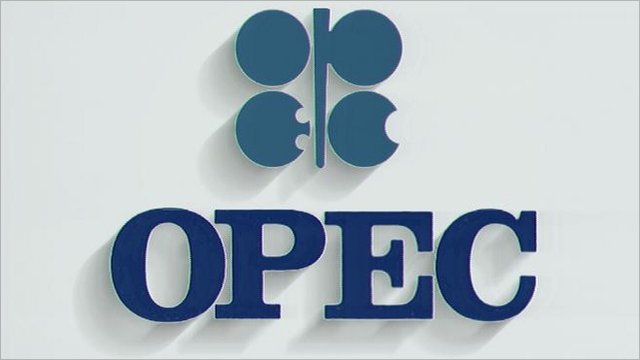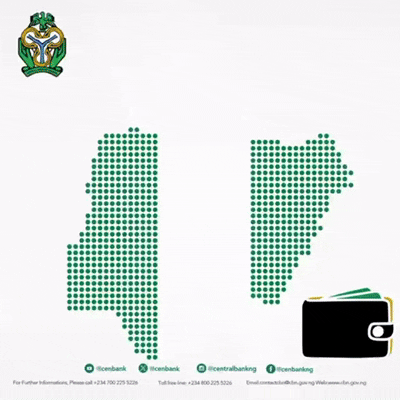OPEC oil output has risen this month to a 2018 high as Gulf members pumped more after a deal to ease supply curbs and Congo Republic joined the group, a Reuters survey found, although losses from Iran and Libya limited the increase.
The Organization of the Petroleum Exporting Countries has pumped 32.64 million barrels per day in July, the survey on Monday found, up 70,000 bpd from June’s revised level and the highest this year with Congo added.
OPEC and allies agreed last month to boost supply as U.S. President Donald Trump urged producers to offset losses caused by new U.S. sanctions on Iran and to dampen prices, which this year hit $80 a barrel for the first time since 2014.

On June 22-23, OPEC, Russia and other non-members agreed to return to 100 percent compliance with oil output cuts that began in January 2017, after months of underproduction in Venezuela and elsewhere pushed adherence above 160 percent.
Saudi Arabia said the decision would translate into an output rise of about 1 million bpd.
OPEC’s collective adherence with supply targets has slipped to 111 percent in July from a revised 116 percent in June, the survey found, meaning it is still cutting more than agreed.
KUWAIT, UAE
Following the OPEC decision, Kuwait and the United Arab Emirates raised output by 80,000 bpd and 40,000 bpd respectively in July, the survey found.
The bulk of the Saudi supply boost appears to have been delivered in June as Riyadh tapped storage tanks to push supply to 10.60 million bpd, near a record high. The increase infuriated Iran and surprised other OPEC members with its scale.
Riyadh has boosted supply in July by a further 50,000 bpd from June’s revised level, the survey found, because domestic crude use in refineries and power plants has risen while exports have held close to June’s rate.
Supply in Nigeria, often curbed by unplanned outages, rose by 50,000 bpd. Royal Dutch Shell’s Nigerian venture lifted force majeure on Bonny Light crude exports. Nigeria and Libya were exempt from the original supply-cutting deal.
Iraq also increased supply as exports rose from the country’s southern terminals.
Among countries with lower output, the biggest drop of 100,000 bpd was in Iran. Exports fell as returning U.S. sanctions discouraged companies from buying the country’s oil.
Output in Libya, which remains volatile due to unrest, edged down. Fields in eastern Libya resumed production after a standoff at export terminals ended, but output was cut mid-month at the largest oilfield, Sharara.
Production also slipped in Venezuela, where the oil industry is starved of funds because of economic crisis, and in Angola due to lower exports in July against a backdrop of natural decline at oilfields.
The addition of Congo Republic to OPEC in June has added about 320,000 bpd to production and, coupled with the increases by existing members, has lifted OPEC output in July to the highest since October 2017 according to Reuters surveys.
Before Congo joined, OPEC had an implied production target for 2018 of 32.78 million bpd, based on cutbacks detailed in late 2016 and Nigeria and Libya’s expectations of 2018 output.
According to the survey, OPEC excluding Congo pumped about 460,000 bpd below this implied target in July.
The survey aims to track supply to market and is based on shipping data provided by external sources, Thomson Reuters flows data and information provided by sources at oil companies, OPEC and consulting firms.













